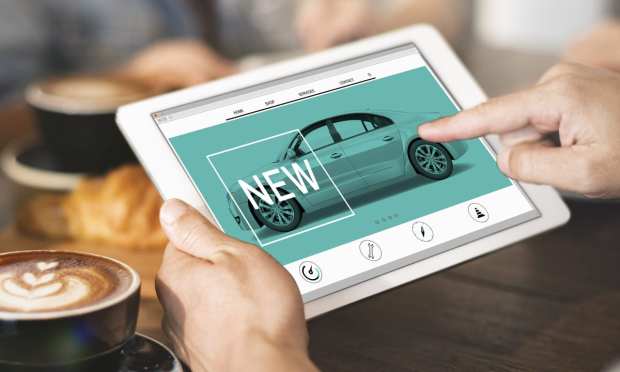Digital-First Economy Improves Automotive Customer Experience

The digital-first economy was huge factor in automotive sales this year, as evidenced by a new report from JD Power. The research company’s annual sales satisfaction index showed that decreased showroom traffic caused by COVID-19 shutdowns fast-tracked dealer adoption of digital selling tools.
“The more shoppers are exposed to remote communication and actual online buying options, the more they may prefer these methods in the future over traditional showroom visits to wade through inventory and negotiate,” said Chris Sutton, vice president of automotive retail at J.D. Power. “In fact, nearly one in four buyers say their purchase experience during the pandemic will make them less likely to shop in person in the future, indicating that digital retail processes are here to stay. These lasting effects make it imperative for dealers to step up their digital offerings to remain competitive.”
The study also found that digital-first tools worked better as the pandemic took hold. As automotive dealers implemented and refined digital procedures during March and April, buyer satisfaction among digital customers increased. Most notably, satisfaction among buyers who finalized a price online was nearly identical to those who didn’t finalize a price online. By May and June, satisfaction among buyers who agreed to a price online was 42 points higher (on a 1,000-point scale) than among consumers who had not reached an agreement on price.
“Even though most buyers say COVID-19 affected their buying process in ways they didn’t expect, many were more satisfied as a result,” the report said. “In fact, satisfaction among buyers who say their process wasn’t affected at all is seven points lower than among those who were affected. Buyers who completed most of their paperwork online are the most satisfied, with satisfaction averaging 873, which is 35 points higher than among those who didn’t complete paperwork online. Similarly, satisfaction scores among those who had more virtual communication are 17 points higher than among those who didn’t. These activities illustrate why such trends are likely to continue.”
